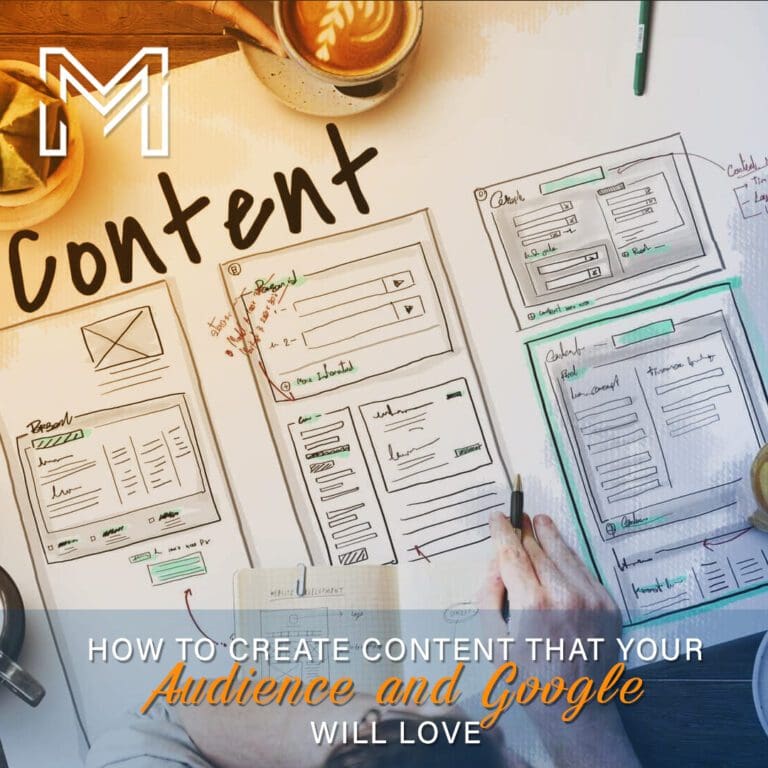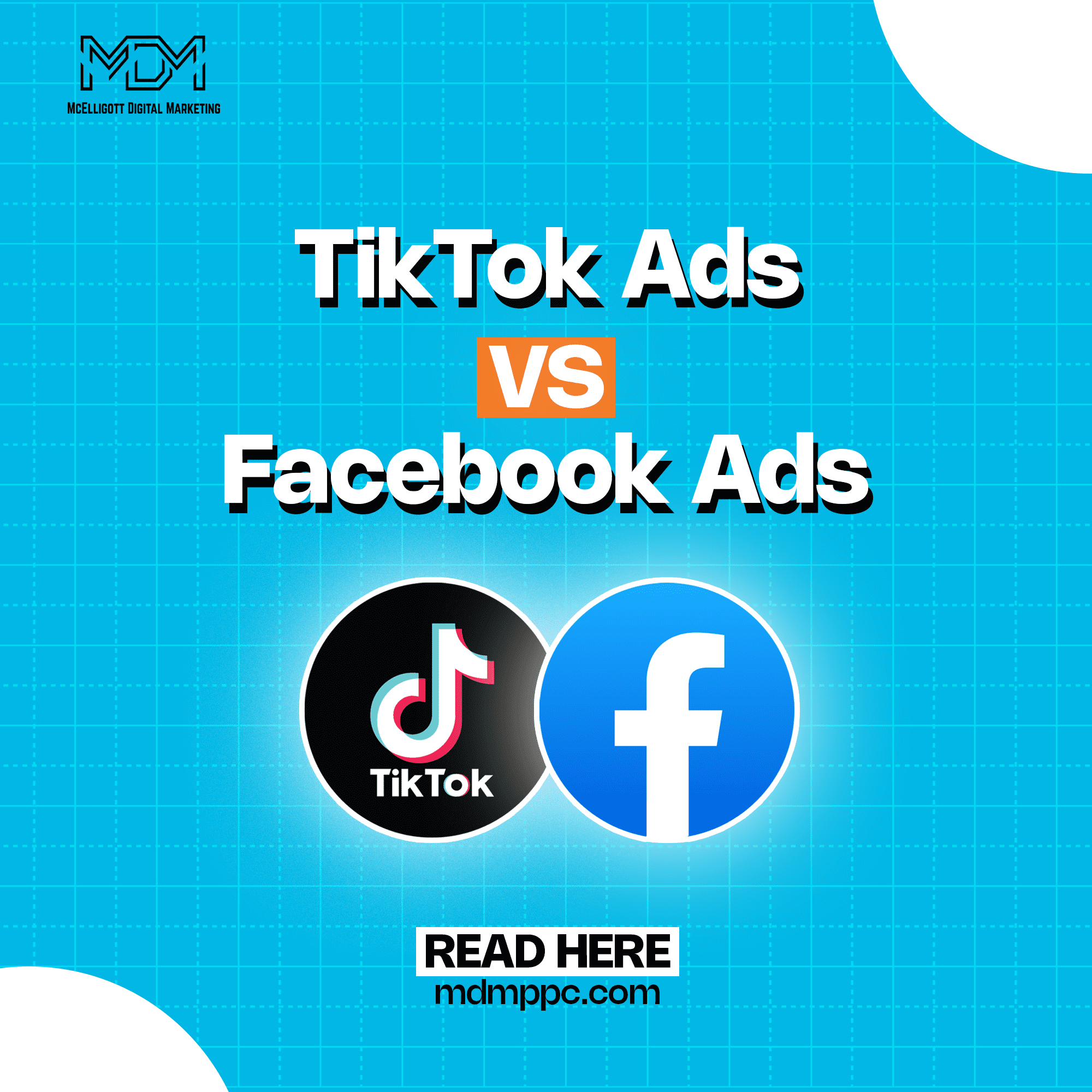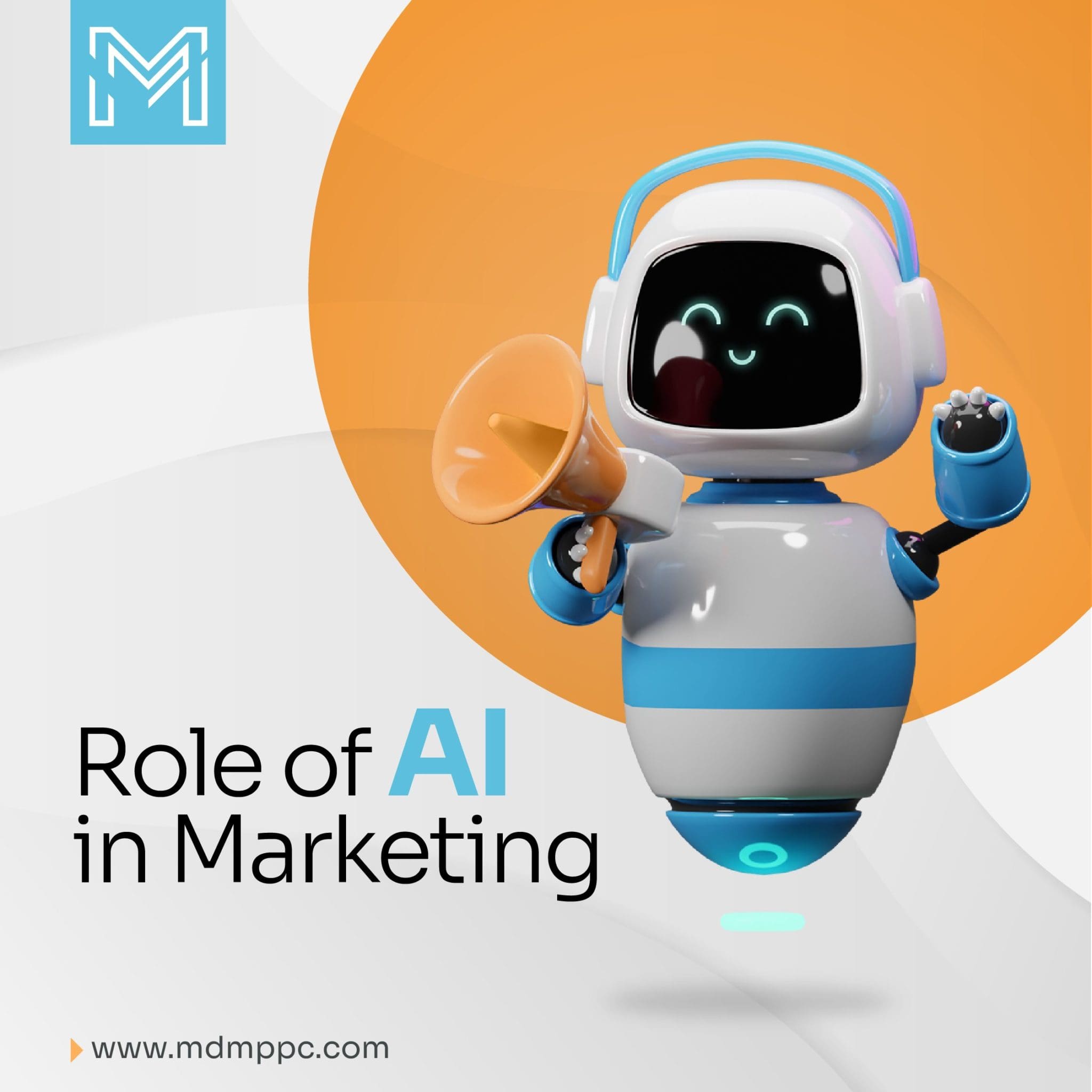92% of marketers have said that their company views content as an asset. And 70% prefer quality content over quantity. These big numbers demonstrate how important content is for leading companies.
If you were already creating content to market and build your brand, or if you are new to it, irrespective of your progress in the journey, content strategies are something that you should care about.
Why you ask?
Very few people claim to have a developed content-creating strategy that they are satisfied with. Are you one of them?
Over 60% of marketers create at least one piece of content every day. That is a lot of content. And, of course, you can not market well if you do not have good content.
Regardless of the journey you choose, your first step will always be to create content that is-
- Recognized by Google as good content (otherwise, it will not show it to more people)
- Recognized by People as good content (otherwise, they will not take the expected action from the content)
This article will decode how this can be achieved.
What does Google like?
Over 92.7% of mobile queries are done through Google. So, of course, you need to strategize your content according to what Google likes.
But, it can be tricky.
Google content search parameters evolve almost every day. But in a digital space where more and more content is published every passing day, such parameters are the need of the hour to prevent spam and unwanted content.
What if I tell you that Google can actually be your friend in content creation?
It really can. Here is a checklist that will help you befriend Google.
- Images help users understand information quicker and also gain more context of the written content. Along with that, it also helps your content rank more in Google images.
Here are some best practices with images-
- Make sure that the images are original and relevant to the context.
- Order matters. So place images where it would add value to the user.
- Provide alt text for images; Google picks it up.
- Avoid having important text inside images because that hampers the accessibility of your content.
- A good URL Structure will help Google find your images and understand them. So be cautious with this step.
- Don’t forget to add descriptive titles, captions, text, and filenames for images.
- Consistency-
An updated and relevant website will tempt people to keep coming back and reading the content you create. One – two times a week is a good number.
Make sure that these posts are of good quality, i.e., add value to readers.
- Categorize your posts
Labels and tags make it easier for users to find what they are looking for. Happy readers are more likely to visit again.
It also becomes easier for you to edit/update your posts.
- Limit spam comments
You should definitely allow comments in your blogs and articles. This creates a sense of authenticity to the information you are providing and can help you bring together a community.
But spam comments can do the opposite of that. They could make your readers develop distrust in you and tell google that you are allowing wrong links. And Google does not like that.
There are several ways to identify spam comments. They are:
- Non-specific comments that could apply to any post.
- Fake email account
- Same comment from different email addresses or different comments from the same email address
- Have they included any links? Is the link appropriate?
There are many ways to get rid of such spam comments. It is essential for you to know these because spammers use automated tools, so if you do the whole process manually, it might get extremely time-consuming.
You can do the following-
- Most websites allow you to turn off comments after 30/60 days.
- You can also use plugins such as Akismet, GASP, CommentLuv, etc.
- Crawlers should be able to find your site
Before ranking your content, Google has to crawl to your page and index it.
You get more points if Google finds it easier to crawl into your page. Some good practices can help you easily achieve this. Those are-
- Inserting keywords in URL, titles, meta titles, meta descriptions, image descriptions, alt text, and making sure that the keyword density is maintained and uniformly distributed throughout the article.
- Linking to internal websites would make it easier for Google to crawl to your entire website.
- Make sure that there are no indexation holes in the content.
- Don’t forget to run technical SEO audits to identify and avoid some other mistakes that you might have missed.
- Get verified by Google, or collaborate with pages that have been noticed by Google already
It will be much easier for Google to categorize and index your content if it can recognize your business. One of the ways to catalyze this process is to get verified and recognized by Google.
After this, you will be able to share your Google my business listing with users, which can then be optimized as well.
While it has many benefits, it becomes easier to track where the traffic is coming from to your business. You can manage and update content according to these metrics later.
Another way is to collaborate with high-ranking pages.
Guest posting is one way to do this. Over 62% of readers claim to find guest posting more credible and resourceful.
With two sources (you and your guest) promoting the same content, the audience traffic will also increase.
What do customers like?
How well do you know your audience?
Almost all social media pages have billion to hundred million users on a daily basis. What are some practices that can help you be personalized and yet deliver what millions of people might be looking for?
Here are some easy yet overlooked ways to make your audience happy:
- Use descriptive and relevant titles
Titles tell the users what they should expect from the content they are going to spend time reading.
Titles that have relevant keywords or the ones that induce a positive/negative/curious feeling are known to attract more readers. Keep your titles short and concise.
A similar practice of including well-written meta descriptions is also known to increase user experience. Meta description text is keyword dense and provides an overview to the whole article.
- Clear CTA
This is one of the most overlooked tips.
Readers do not know what you are expecting out of them. They do not know the next step they should take to form a closer bond with your brand. This is why you need to tell them.
Avoid bunching two / three CTAs together. Avoid not highlighting the CTA. Avoid writing vague sentences in the CTA. Avoid making the paragraph long.
The idea is, Clear and Crisp CTA.
Make sure to assess if the CTA is worth taking and if it offers friction to the user. It should have minimum load time and should not make the reader confused at any step.
- Prioritize user experience
A shocking 66% of marketers prioritize customer needs before the company sales messages. This type of content usually can not rank well and might not bring expected results.
User experience like site load times, readability, accessibility, designs, and layout, everything matters. Even small things like including white spaces, choosing subtle colors can have a big impact.
Additional things like listening to user experience and involving in community discussions can help to a great extent.
- Create coherent content
Coherent content makes it easier for the reader to mentally move with the flow of the content. This helps them read the content more easily, aka more readability.
Readability is one of the parameters of SEO because when you are looking to solve a problem, people should know what you are talking about to act on it. But readability is not just using simpler words.
Readability also includes the relevant and coherent flow of the article. One thought should flow to the other. While doing this, remember not to use hefty sentences and paragraphs. Use bullet points wherever necessary and also number the various points.
- Audio/Visual form of content
Year by year, readers and audience prefers audio/visual content more. More than 80% of readers claim to be happy with audio/video formats.
Keep this information relevant and organized. Use original content and attribute properly.
Why is content so important?
Well, apart from the statistics that show how content takes companies to new heights, content is super important in building a relationship with the audience.
With so many brands and competitors in the market, the only way to expose your brand voice is through content. A consistent, purposeful brand voice will establish the ethos and efficiency of your brand while also communicating necessary sales-related information.
For example, Coca-cola has an upbeat, positive, and friendly brand voice which communicates that the refreshment would actually make users feel better. Whereas Nike has a confident, inspiring brand voice that makes the audience believe that their products would help them in their respective sport.
This is why it is important to recognize your target audience first, and then decide the whole strategy based on what next step they would be more willing to take.
Here are some of the additional things content can do for you:
- Informing
It might feel like it is not your responsibility to inform the audience of what is best for them. But it will help your business from acquiring unqualified and confused customers who might drop off anytime.
A person who knows what they are signing up for is more likely to stick around for a longer period of time.
- Google ranking
We know how important it is for your page to rank well in Google. This one factor could potentially be the reason for 10 folds increase in your company revenue, as it has been the same for so many already.
Plus, google ranking is not that hard to figure out. It is using the right combination of keywords, making the customer experience smooth and appealing, and being authentic in your business.
- Social media
The power of social media in recent times is unarguable. It has taken marketing and brand presence to a whole new level by bridging the gap between audience and companies.
And here is the catch, the audience is more likely to share content that is e power of social media in recent times is unarguable. It has taken marketing and brand presence to a whole new level. It is able to do this by overcoming one conventional problem, bridging the gap between audience and companies.
And here is the catch, the audience is more likely to share content that is already published than generating content for you.
But that is still going to be beneficial as this creates brand advocates that could vouch for your brand. Such user-generated content can build the authenticity of your brand to a whole new level.
- Thought leadership
With so many competitors around, how do you establish the genuineness of your brand and be firm with it?
By establishing thought and industrial leadership. The audience is becoming smarter day by day and statistics reveal that more customers are checking for comparison of products and services online before making the purchase.
In such a case, content could be the game-changer by showcasing your USP and uniqueness.
Conclusion
Google prioritizes user experience. Users won’t be able to find your content if it is not ranked by Google.
So optimizing your content according to Google and for users goes hand-in-hand.
While it may look a bit overwhelming in the beginning, once you get the hang of it, you will realize that even if the parameters are different, it isn’t entirely different.
One best practice that is going to bring the expected results for sure is, giving your readers quality over quantity. Not just readers, content also serves as one of the best inbound lead attraction strategies.
Now, get straight into it! Order content services for your business today. Visit mdmppc.com for more.
We provide customized and competitively best content that brings you the returns you expect. Our expert team is sure to convince you that content is king.





